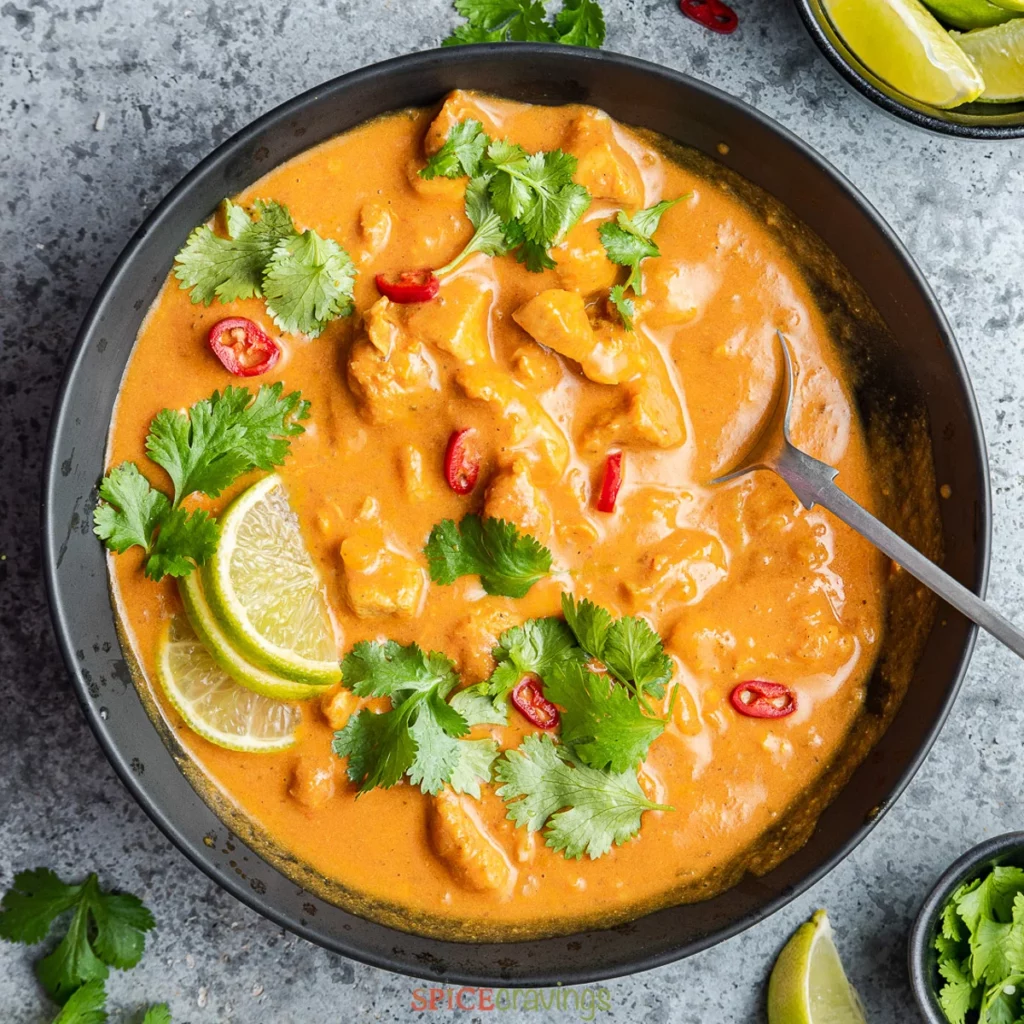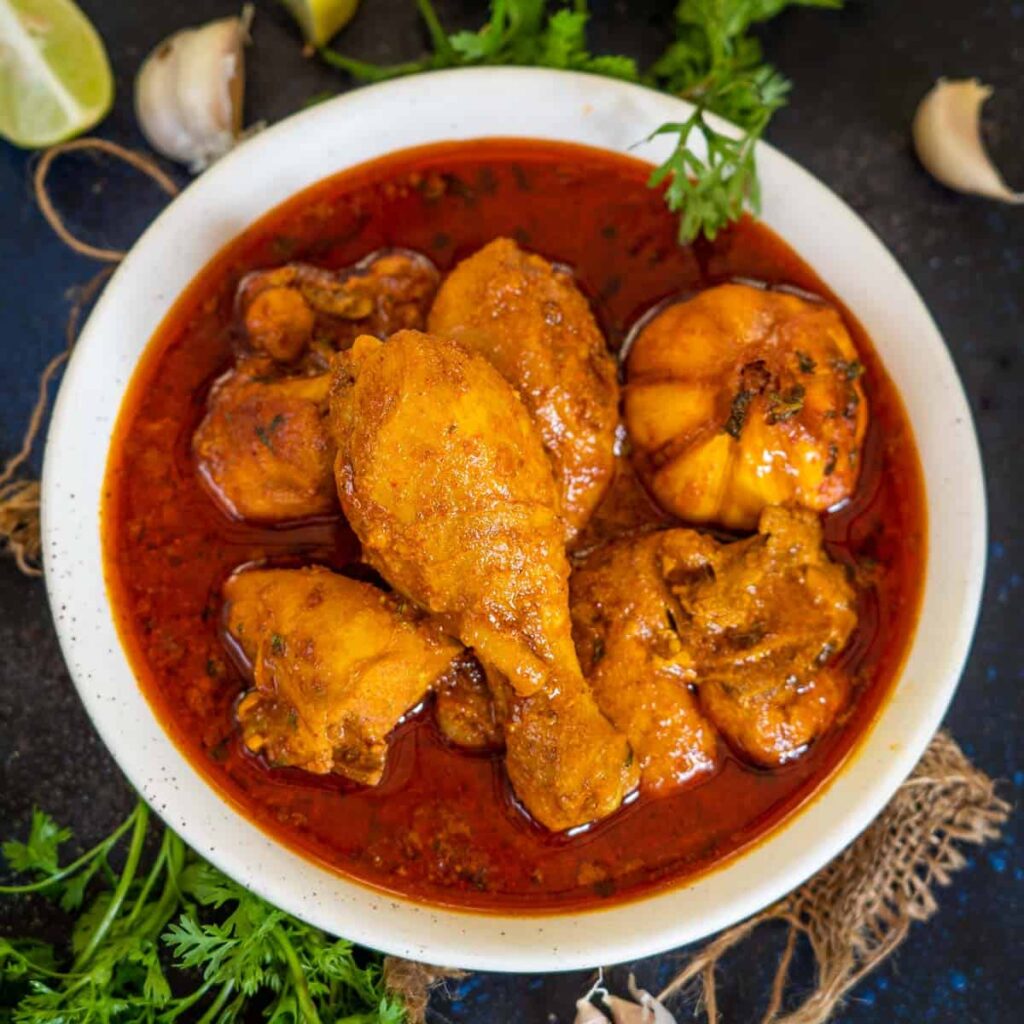India (Commonwealth Union)_ In a groundbreaking archaeological discovery, researchers have unearthed the oldest evidence of curry recipes outside of India. This culinary revelation, dating back approximately 2,000 years, sheds light on the ancient spice trade and the influence of South Asian cuisine on Southeast Asia. The findings of the recently published study provide a glimpse into the early connections between civilizations through the exchange of flavors and culinary traditions, highlighting the enduring impact of spices on world history.
According to the study, curry recipes made their first appearance in Southeast Asia approximately 2,000 years ago, marking the oldest evidence of culinary spice trade beyond the Indian subcontinent. The research, conducted by archaeologists, including those from the Australian National University, involved the analysis of plant remains from stone grinding tools discovered in Vietnam’s Funan-era archaeological site known as “Óc Eo.”


These grinding tools resembled their early South Asian counterparts used for preparing curry, and the artifacts were found to correspond with traditional Indian spice grinding tools, releasing the distinct flavors of spices. The remains can be traced back to spices of South Asian and Indonesian origin, which are integral to modern South Asian curries. South Asia has been a significant source of spices for civilizations across Asia and Europe for over 4,000 years. During the Funan era (approximately 65-580 AD), spices like nutmeg and clove from Indonesia played a crucial role in the maritime spice trade, acting as an intermediary hub between South Asia and China. The use of spices as preservatives and flavor enhancers in food also contributed to the era of European colonization of the East.
However, researchers report that there is a lack of direct biological evidence for the culinary use of spices in both South and Southeast Asia during this historical period and earlier times, leading to uncertainty about how these spices were used in Southeast Asian cuisine. Accordingly, the recent study shed light on the matter, as researchers analyzed starch grains, pollen, and silica particles from plant tissues found on the surfaces of the stone tools. The findings also revealed remnants of rice and spices with origins primarily traced back to South Asia and Indonesia, including turmeric, ginger, fingerroot, sand ginger, galangal, clove, nutmeg, and cinnamon.
According to the researchers, these discoveries reveal some of the earliest evidence for the use of these spices and curry-making in Southeast Asia. Further, the study suggests that South Asian migrants or visitors may have brought this culinary tradition into Southeast Asia during early trade contacts facilitated by the Indian Ocean around 2,000 years ago. These findings offer valuable insights into the role of the global spice trade in shaping world history and the cultural exchange that took place through culinary practices in ancient times.








